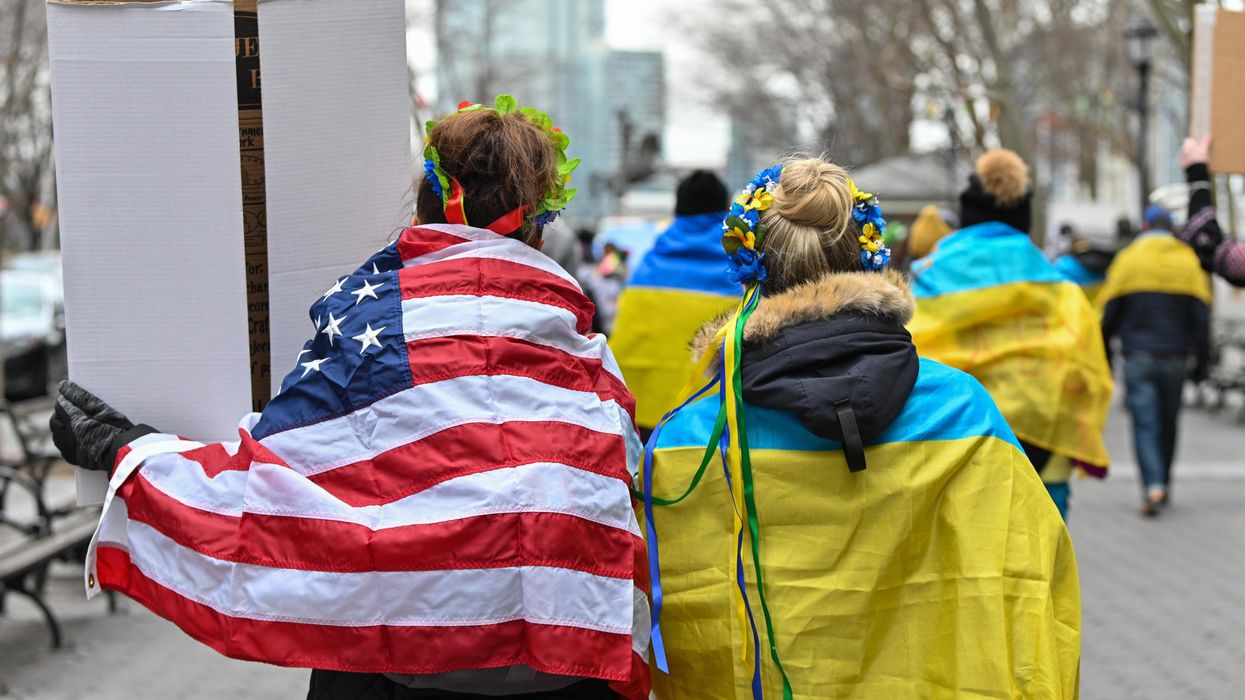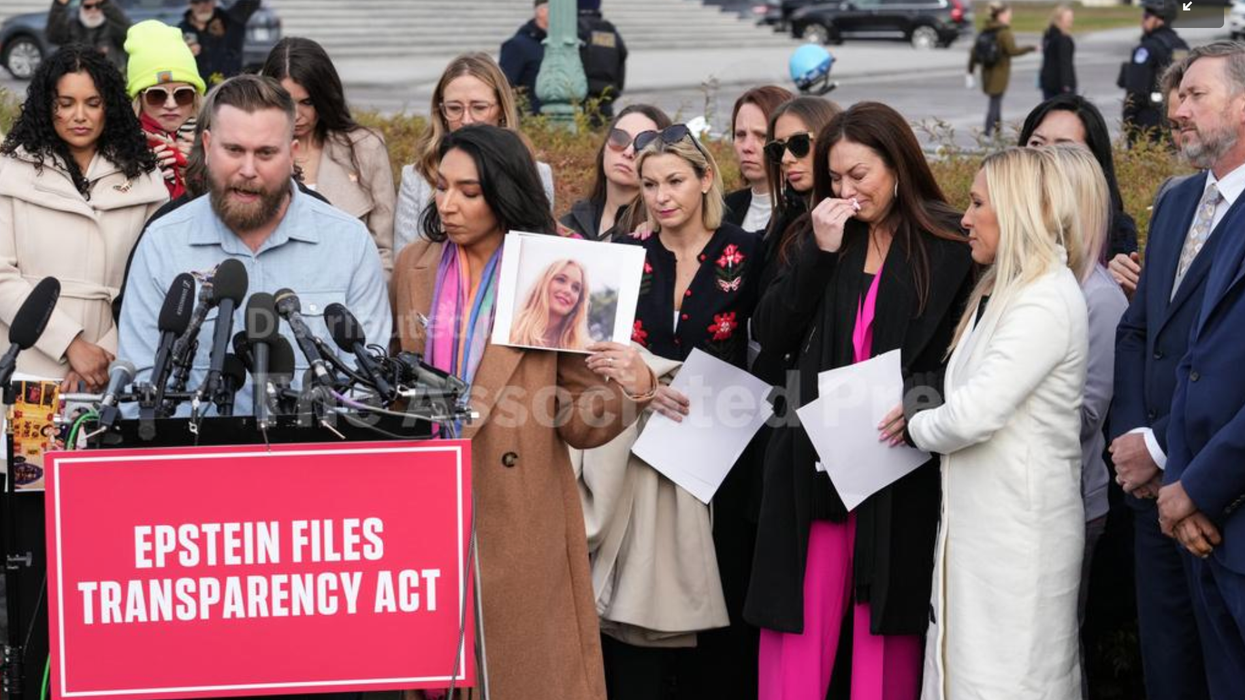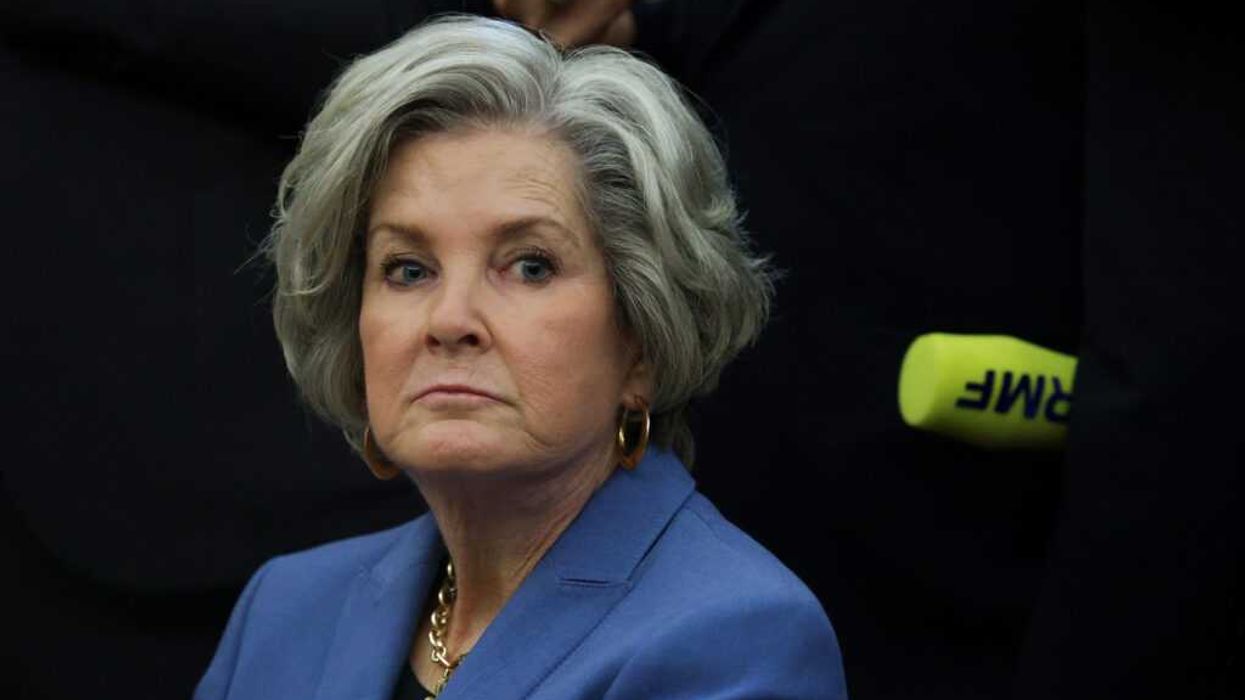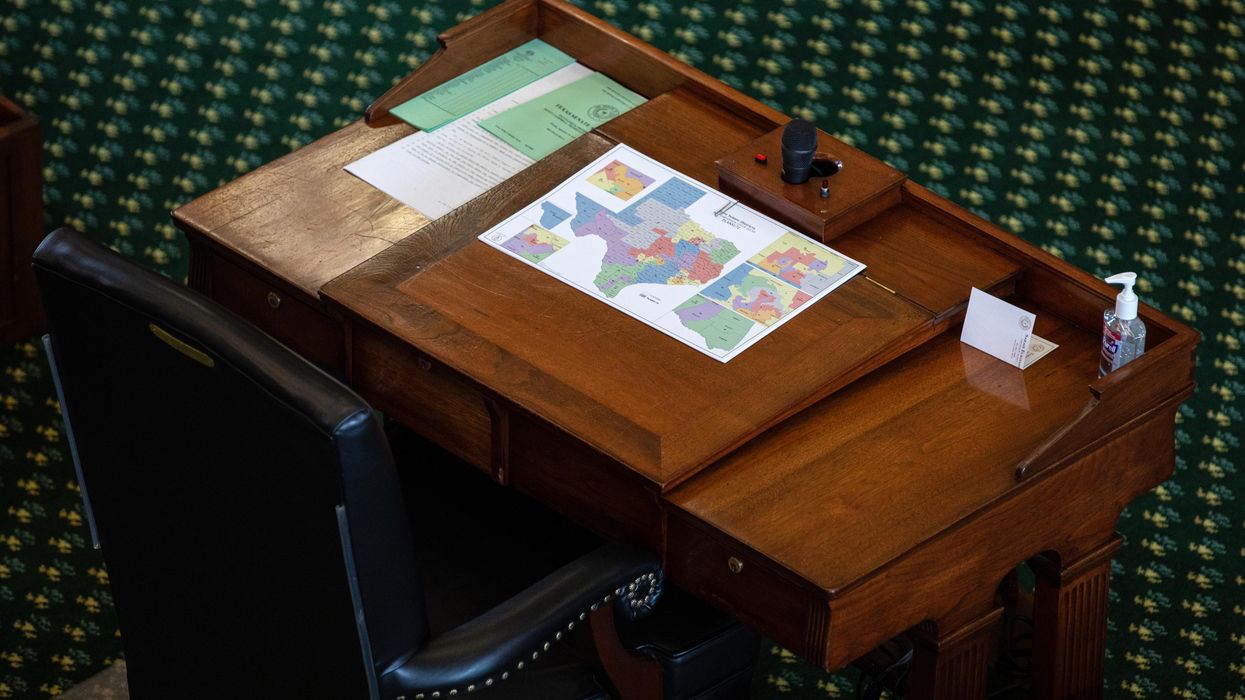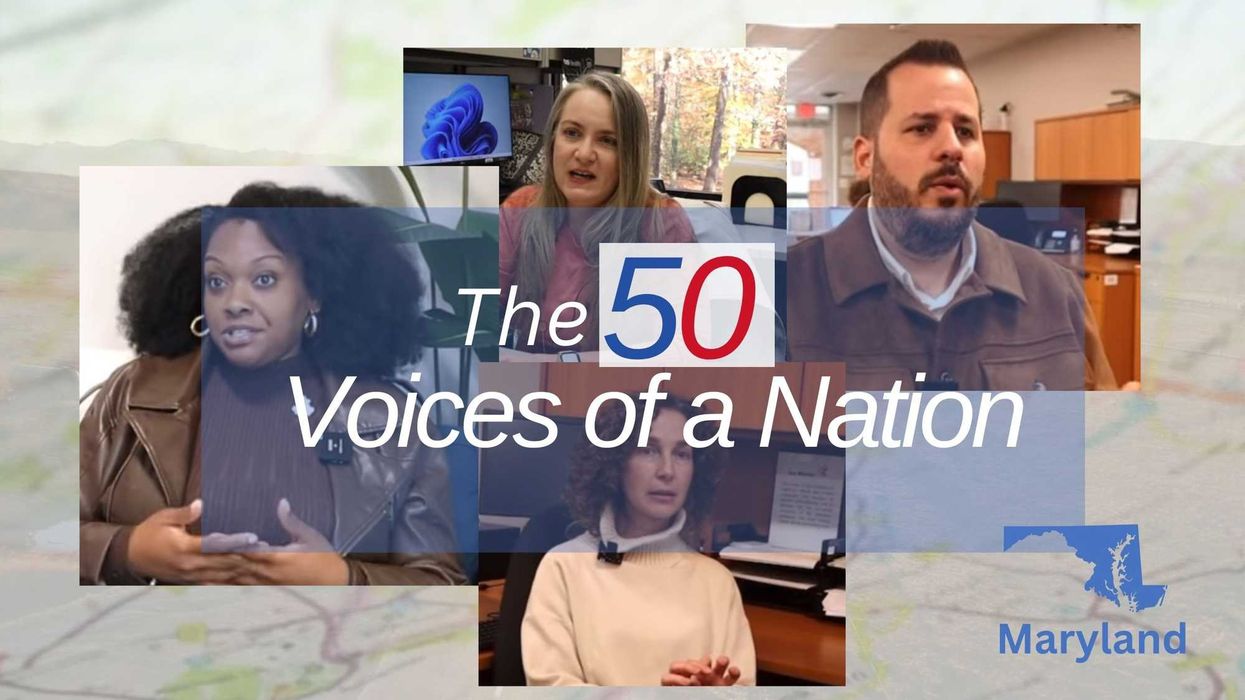Is there anyone who truly believes Donald Trump’s actions have helped Ukraine? And is there anything any of us can do about it?
Trump has halted the delivery of previously committed air defense systems and artillery ammunition, after refusing to authorize new U.S. support, although he then restarted some. Despite talk of wanting peace, he’s given Vladimir Putin far more leverage both on the battlefield and at the negotiating table. Ukraine may still prevail with courage, persistence, creativity, and increased European support. But Trump’s general abandonment emboldens Putin and makes the Ukrainian situation far harder, even as the war-burdened Russian economy faces 20% interest rates, 10% inflation, and key labor shortages.
Those of us who want to stand with Ukraine aren’t powerless, though. Imagine if Ukrainian Americans organized a national day of rallies—calling on Trump to support Ukraine, not Putin. These demonstrations should be led by Ukrainian Americans, whose families and futures are most directly affected. But they could also prominently engage other Eastern European communities—Polish, Latvian, Finnish, and others—whose homelands are also threatened by Russian aggression, and who recognize that Ukrainians are fighting both for them and for everyone who believes in democracy.
These communities bring powerful stories, deep networks, and shared stakes in the outcome. Demonstration organizers should invite them to speak, co-create messaging, and amplify the call across media and social platforms. Broader outreach—such as to the networks that mobilized an estimated five million people for No Kings Day—could expand the size and impact. But the core message should remain rooted in the voices of those on the front lines of this geopolitical struggle.
The slogans can be simple and direct: Don't Abandon Ukraine. Stand Against Putin. Stand with Democracy. The goal would be to pressure once-supportive Republicans to break their silence and restore at least baseline levels of aid. It would be about making the political cost of inaction too high to ignore.
These rallies would also send a message to Trump himself—who veers between posting “Vladimir, Stop” on Truth Social and lamenting Russia’s expulsion from the G8 for its 2014 Crimea seizure. Before the election, he promised to end the war in 24 hours. In April, he abruptly froze shipments of key weapons—including Patriot missiles and precision-guided munitions, blindsiding Congress, the State Department, and European allies. In June, Trump met with Zelenskyy and expressed openness to resuming Patriot missile deliveries and seemed open to Ukrainian arms purchases—but no firm commitments followed. So he's not dug in, which makes him more susceptible to pressure.
Could these rallies and marches make a difference? Absolutely. Ukrainian and other Eastern European communities have historically leaned Republican, giving them unique leverage. When economic interests have pressured Trump, he’s reversed course on tariffs and on immigration raids targeting farmworkers and hotel workers. Nixon-era anti-Vietnam demonstrations helped halt bombing raids and accelerated troop withdrawals—even as Nixon claimed they had no effect.
There are no guarantees. But coordinated, visible action could help put Ukraine—and Trump’s enabling of Putin—back on the national radar. At the very least, it would give Ukrainians and their allies a way to speak out while the fate of their country hangs in the balance. Hope alone is not a strategy. But when people organize with a common voice, they never know what they might achieve.
.





